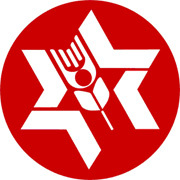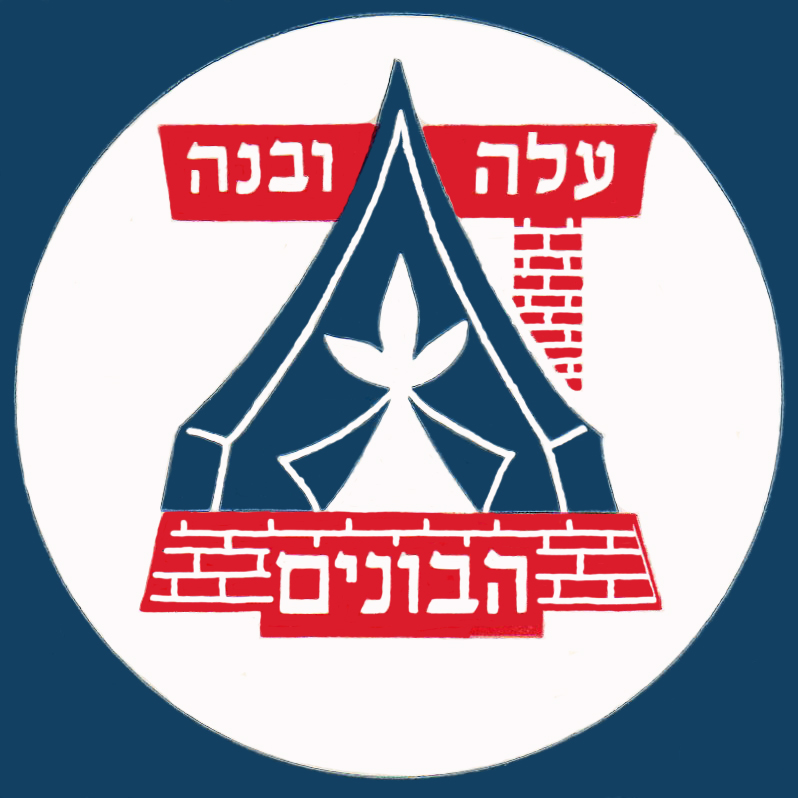In an effort to become as aware of our surroundings as possible in order to improve the issues which face Israel, it was time to go on the much anticipated Socio Economic tour. Last weeks prep peula gave us all the prior knowledge we needed in order to ask the right questions, and think of the situations we were to see critically. In short, in last weeks peula, we were presented with Jewish values and Zionist writings by Herzl. After analyzing the writings and comparing them to Jewish values such as equality, caring for everyone, and so on. It is no suprise that Herzl, who had similar ideas, in some senses, as his predecessors took to heart all the important Jewish values when forming his opinions and writing the works such as Der Judenstaat and Alt noiland. Herzl envisioned a state where the people took responsibility for one another. Meaning, the government, and structures which were fundamental parts in the early setlements, as well as the establishment of Israel such as the Histadrut, K.K.L, JNF and Kupat Cholim were to be ran by the people, for the people. Israel was to be a place where collective responsibility was to be carried out, and values such as tzadakewere a norm.
Our siyur started in Menachem Begin Park, a well off park with basketball courts nicer than any I have seen since my days at home, a kind of pointless exercise workout jungle gym, water skies, and a beautiful grassy knoll, with a beautiful new apartment building overlooking the entire park.
Who is it that this park is meant for? Why is it so nice?
As we left the park, we walked about one hundred yards, and arrived at the begining of the second stop of the siyur. Just next to the beautiful park is Schunat Haargazim,, or neighborhood of boxes. As we looked at the map, where we were standing there was nothing. Just a white area with nothing in it. Schunat Haargazim, is a neighborhood in Southern Tel Aviv with officialy 175 people, however there are about 400 living there. The neighborhood is not recognized by the city. This means that it receives no plumbing, no electricity, no water, no garbage service, no mail service. So whats the deal? On the right of the broken up road which goes through the shack neighborhood, (so in the park,) is a wall with graffiti reading two things; "expulsion of the Arabs," and the other stating "Hachshuri the contractor is corrupt." (translated from Hebrew.) So who is this guy? Why is he corrupt? Expulsion of the Arabs? Here are all the answers.
In 1948, after the War of Independence, the Arabs who lived in the area were forced to flee, leaving everything behind. Some may call it a Nakba, or catastrophe, as Arabs were devastated and had no where to go. The area was taken over by a group of Jews, and turned into a small neighborhood. As time went on, and structures such as the maaburot had a hard time functioning due to the amount of people,it became difficult for the state to keep up with all the new immigrants and whatnot. Nothing for the new residents in the area ever improved. In fact, they never even became residents of Tel Aviv, meaning they never officially became residents of Israel. It was not until the mid 90's when something had to be done. The city of Tel Aviv sold the neighborhood to a private contractor named Hachshuri. He purchased the area for 1.2 million shekels, while the neighborhood was appraised for 17.5 milion shekels. That is not a lot of money for not only purchasing a physical space, but a space where he was taking the responsibility for these people. This made things worse. Herzl's vision was a place of collective responsibilty, where the government and other structures were to be responsible for its citizens. None of this happened. By the neighborhood being sold, the responsibility was put on Hachshuri, and rather than helping these people, he made a giant high rise, a place where the people in the neighborhood couldn't even afford to live, not to mention their many children and very tiny income. Since he was a private contractor, he had no technical responsibility to those in shcunat haargazim. In the end, Hachshuri ended up making millions from his high rise. Today, there are about 400 people living in the "box village," however only about 175 are officialy recognized, seeing as many cannot be known at this point since they are not official residents, meaning they could be taken away, or in trouble with child services. The situation is in no way improving, and the question of what to do is on us.
Our next stop was Schunat Hatikva,, or "Neighborhood of Hope." Like the previous neighborhood, there are all types of issues facing the neighborhood. While it is true that these people are officialy recognized, the poor living conditions have lead to an interesting situation. The "Shas Part," an Ultra Orthodox right wing organization has come in and provided the only way of hope. Rather than putting responsibility on themselves and doing what they can to improve their lives on their own, most residents choose to take advantage of the services offered by the party. The deal is simple. If they prey, wrap tfillin, and send their kids to places where they study all day, the party is reciprocated with a vote. The people in Shchonat Hatikva need something to believe in, and the Shas Party seems to be the best answer.
The next two stops included the central bus station area, where refugees and immigrants take refuge and are forced to live in poor unsafe conditions, and take on un-desirable and illegal jobs, while they hide, as they could be deported any day. Just across the street are the high rise buildings of the wealthy. A metaphorical sign for the position of the modern capitalist. While people suffer, there are others doing what they can in a dog eat dog world to make it to the top. Again, nothing which Herzl envisioned.
This concluded my siyur, as it was time for me and the rest of Tzevet Cholon to roll out to the Purimon at the Bayit.From now on, we all feel even more of a responsibility to go out and make a change. Weather it be through fighting to take off the Book "Torat Hamelech," from shelves or educating, or learning about poverty, the tasks remain great, but of course nothing not worth trying.
Planting Trees, The Matrix & HaNoar HaOved VeHalomed
-
Last week, someone asked me how I’m settling into my work here in North
America as an Israeli emissary. I smiled and answered that I’m absolutely
loving it...
9 years ago








No comments:
Post a Comment